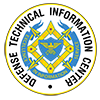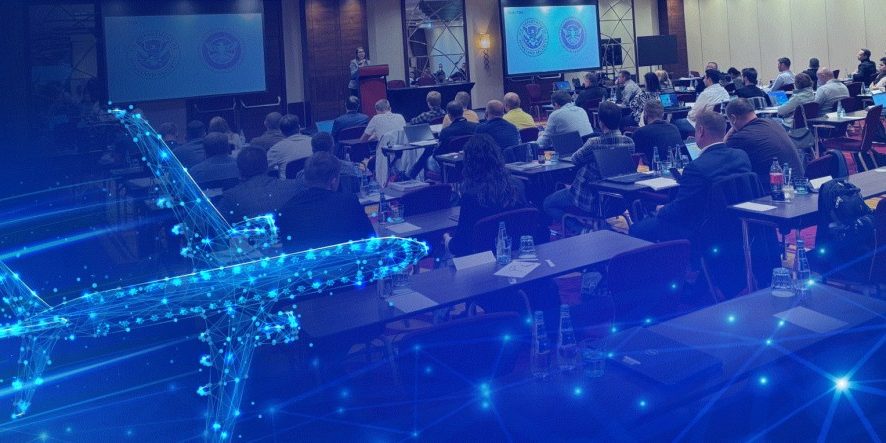As companies worldwide switch from analog to automated digital industrial control systems, malicious cyber actors are finding new opportunities for extortion and mayhem. It’s happening in a range of industrial settings, from power stations to manufacturing plants, and it’s a growing problem in the aviation industry.
In January, aircraft leasing giant AerCap Holdings confirmed it had been the victim of a ransomware attack by a cybercrime gang calling itself “Slug,” which claimed to have stolen roughly one terabyte of data from the company. Several months later, Airport and Aviation Services Sri Lanka experienced a significant data breach that exposed over 7,000 records, including names and passport details.
“If you can compromise a cyber-physical system and move freely undetected, the consequences can be catastrophic,” said Ollie Gagnon, who manages the Idaho National Laboratory’s (INL) relationship with the U.S. Department of Homeland Security (DHS). “Aviation infrastructure is particularly vulnerable because it is so globally connected. It requires an international effort to keep it secure.”


